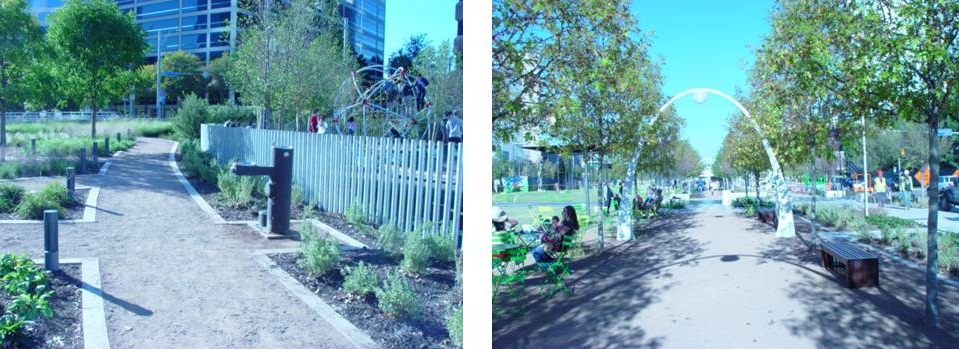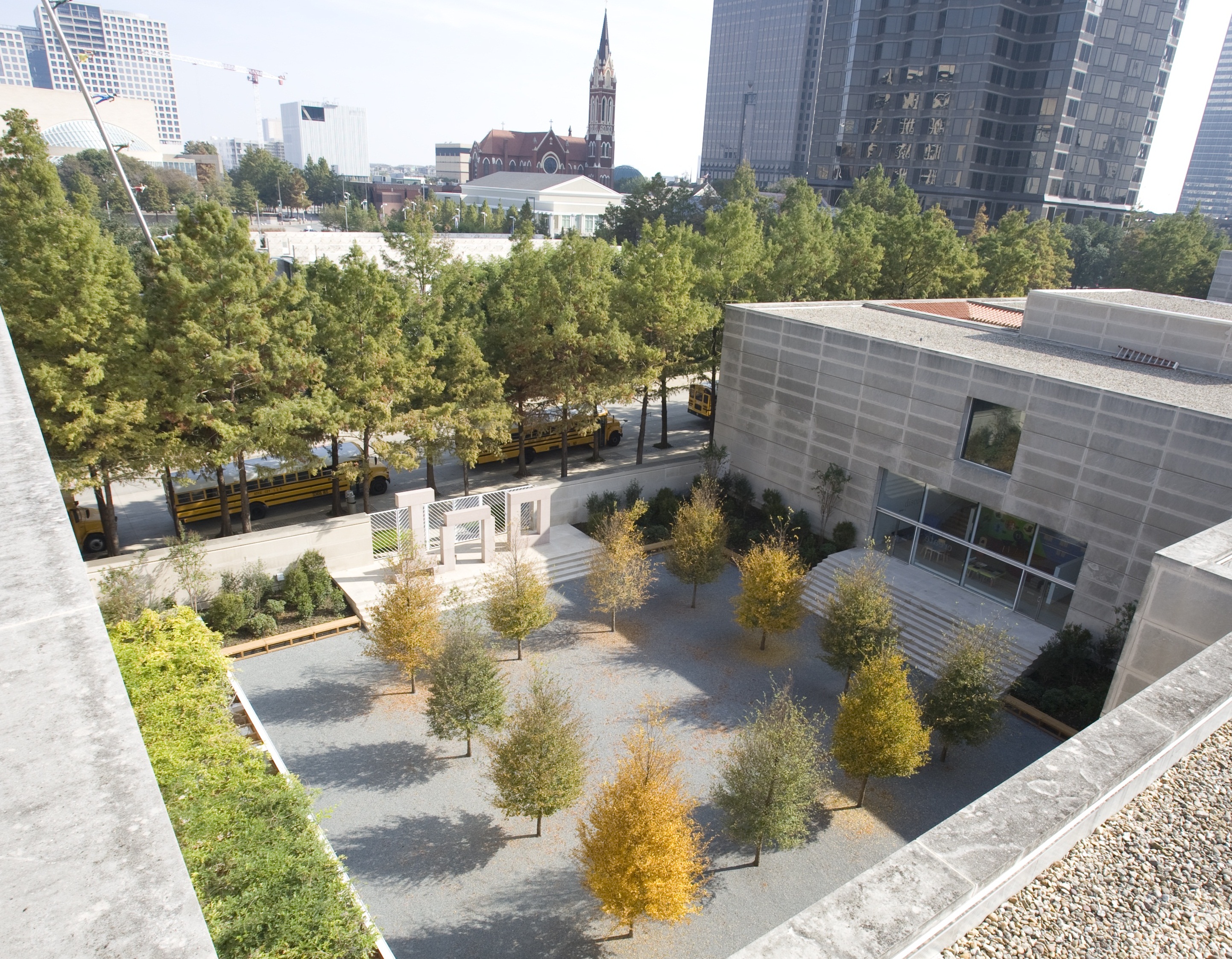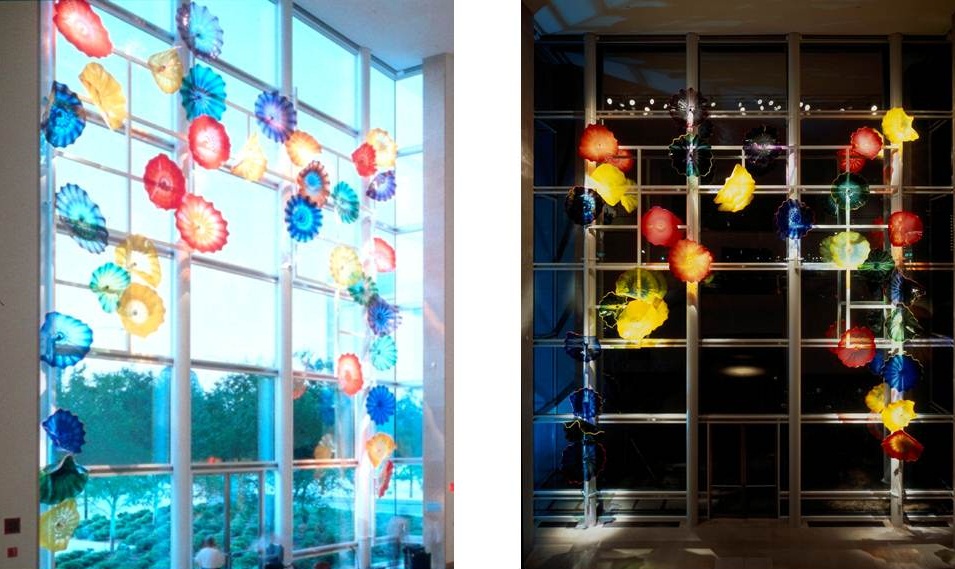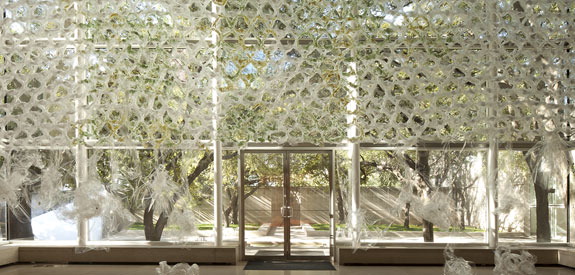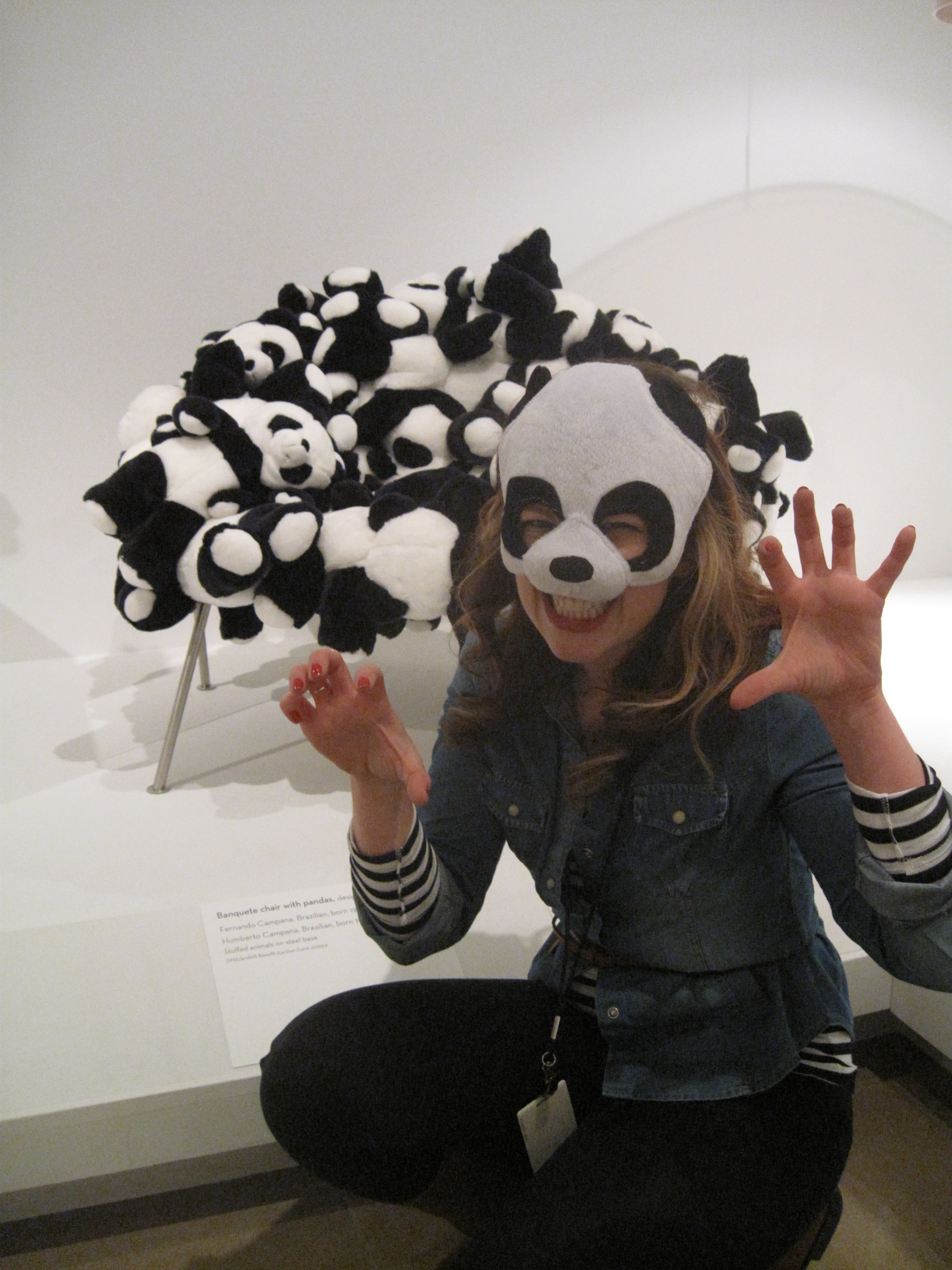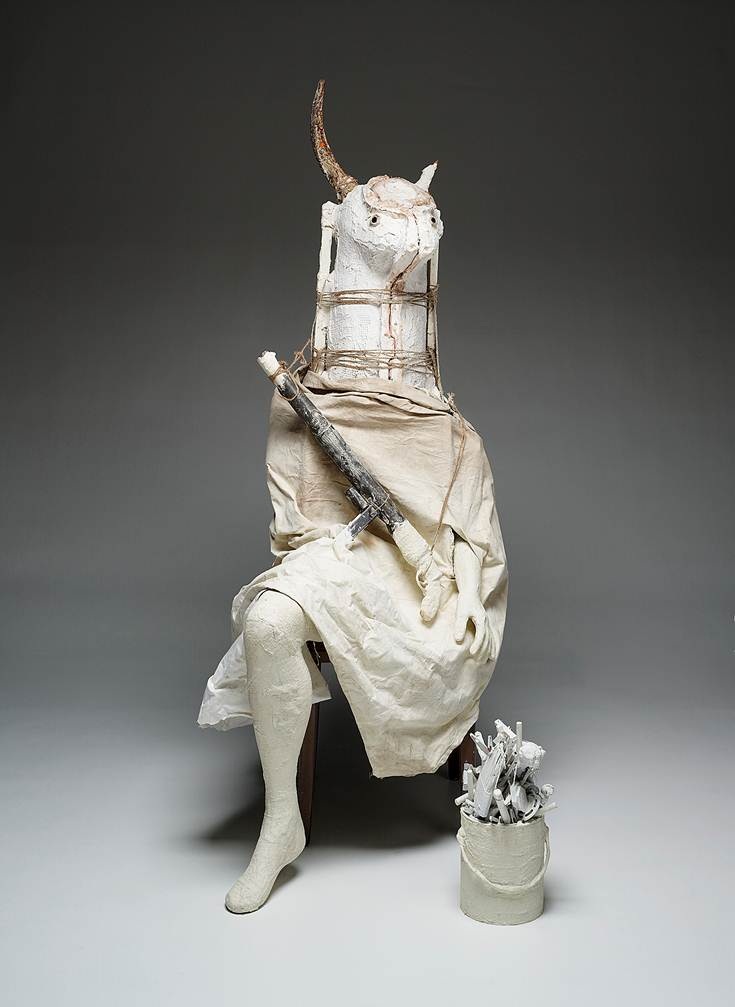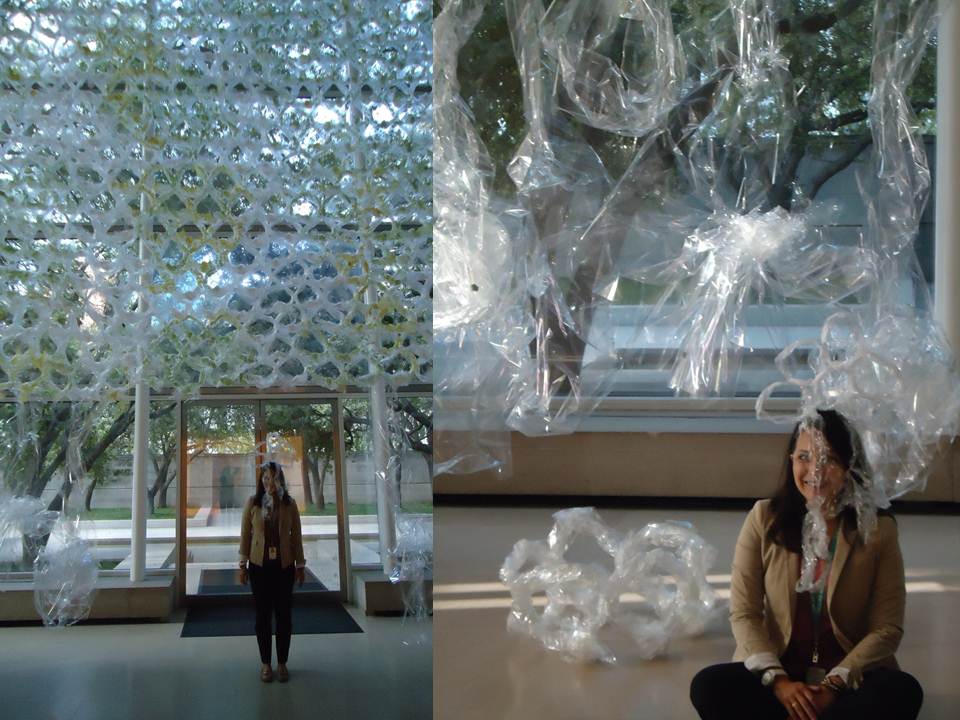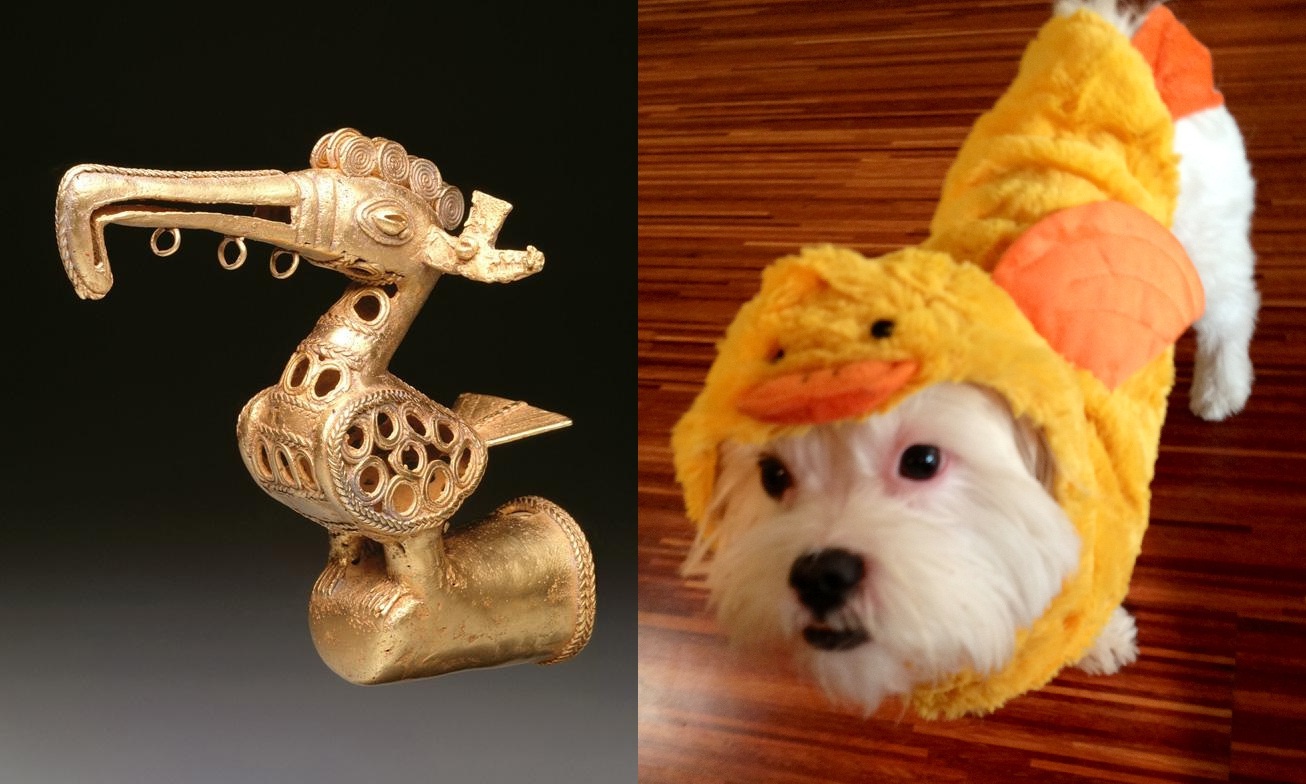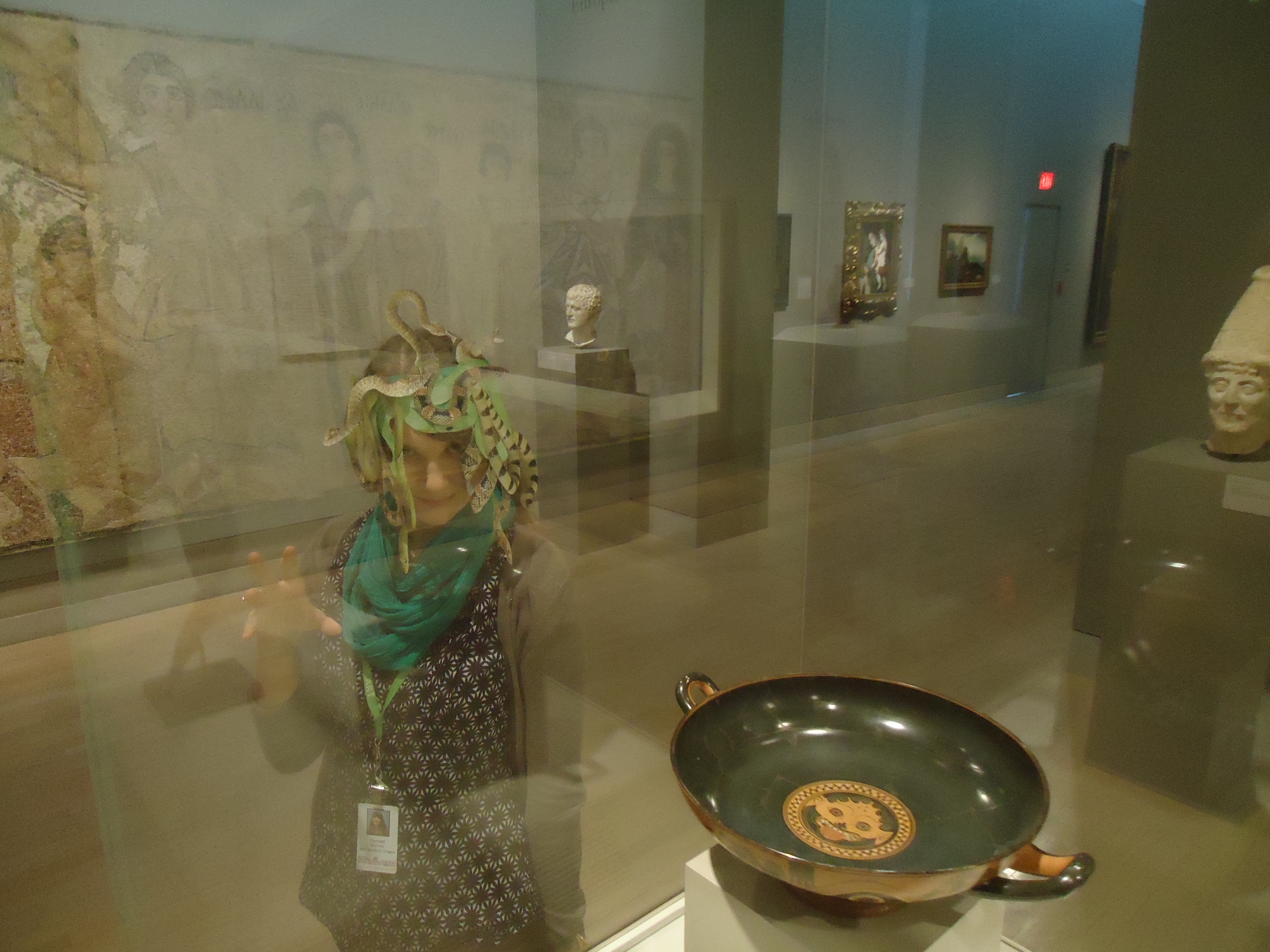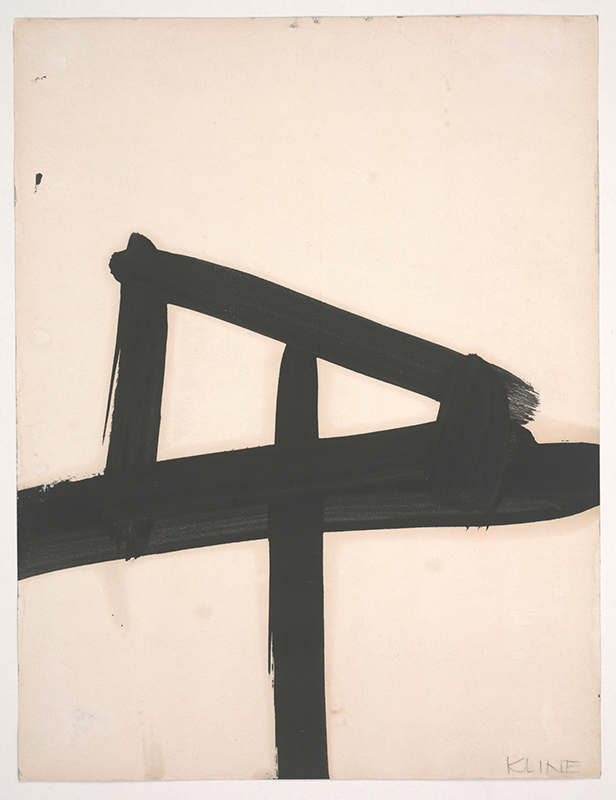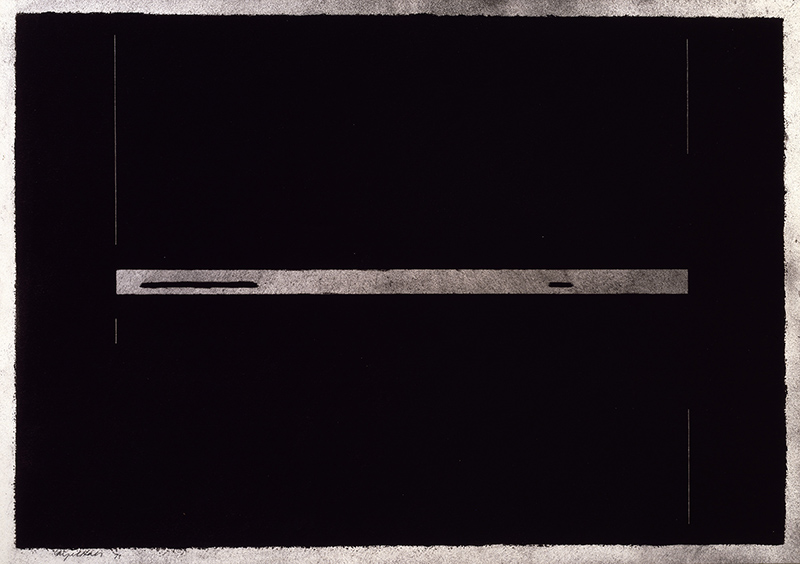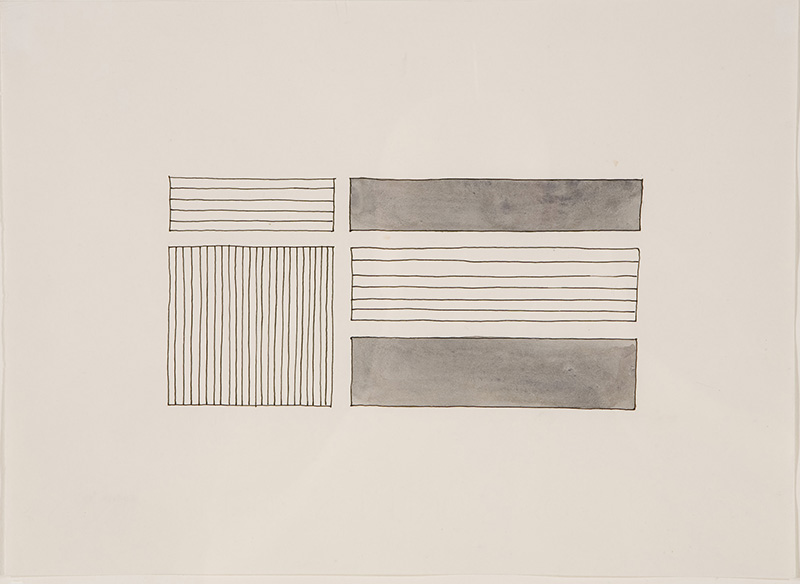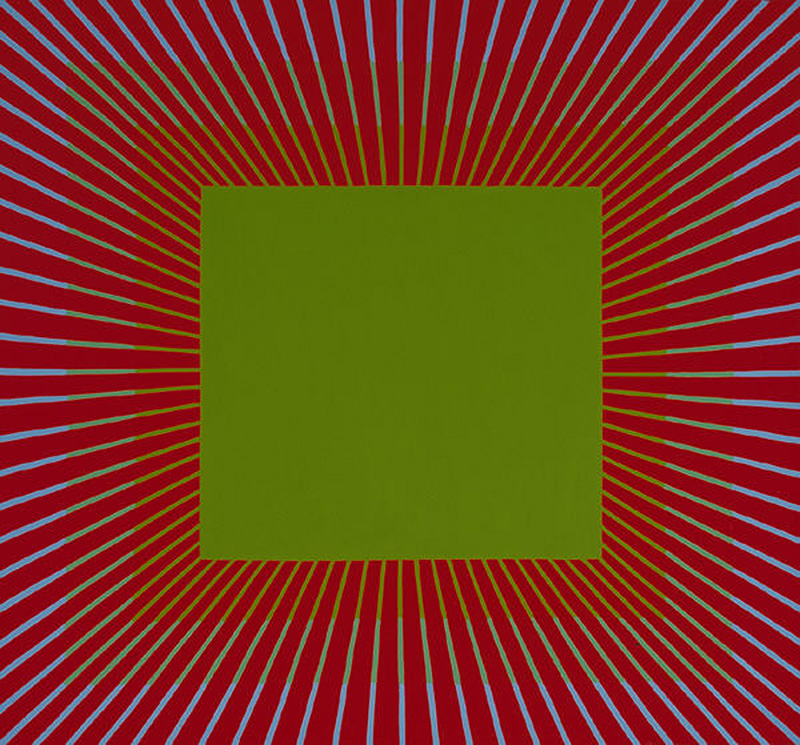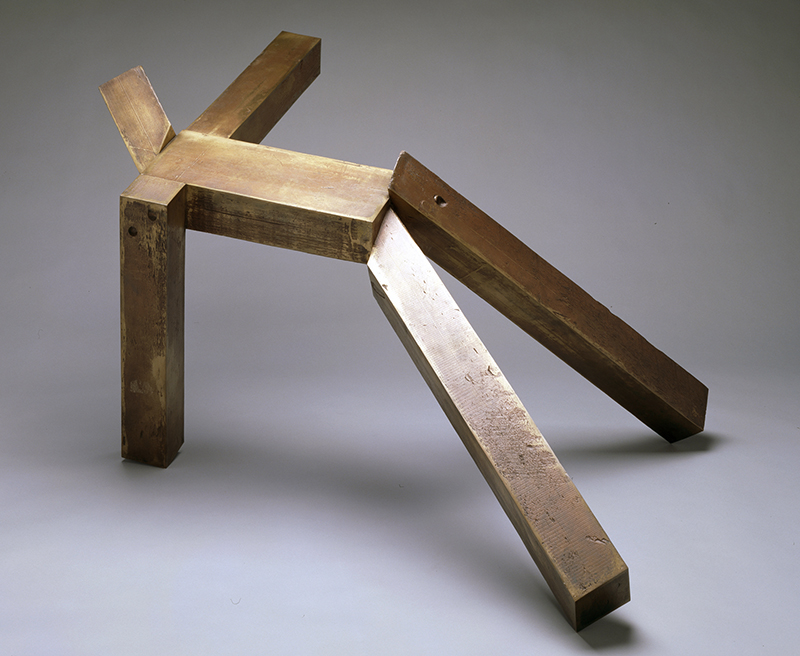At last week’s Go van Gogh training session, we decided to get everyone’s creative juices flowing with a fun warm-up exercise. Volunteers got the chance to spend some time exploring works of art they had never seen before through a group writing exercise. During this experience, volunteers each contributed one line of a poem without knowing what the others had written. This collaborative technique was originally created by Surrealist artists interested in incorporating elements of chance into artistic expression. Known by the Surrealists as Exquisite Corpse, this activity can be done as a narrative or drawing game with several people contributing to one poem or artwork. After participating in a written version of this exercise, the volunteers were eager to learn more about the artworks they had written about. Their genuine enthusiasm and sense of wonder made me think that this could be a great way for students to get excited by works of art as well. I hope you will try it out with your students! Here’s how:
1. Create at least one template with five lines of writing prompts. These are the prompts that we used for three different templates:
- Noun, two adjectives, three words ending in “ing,” phrase, noun
- One word, two words, three words, four words, one word
- Two syllables, four syllables, six syllables, eight syllables, two syllables
2. Divide into groups of four or five and take a few moments to look closely at a work of art (each group should look at a different artwork)
3. Provide each participant with one template and a pencil to start
4. Fill in the first line and then fold it so that your written response is hidden from view
5. Pass the template to your neighbor
6. Fill in the next line on the template passed to you, fold it, and pass again
7. Continue these steps until all the templates have been filled out. At the end of this exercise, each participant should have a completed narrative that they can unfold and read aloud to the other writers. After reading all the templates, each small group should choose one to share with the larger group.
Here are some collaborative narratives that Go van Gogh volunteers wrote:
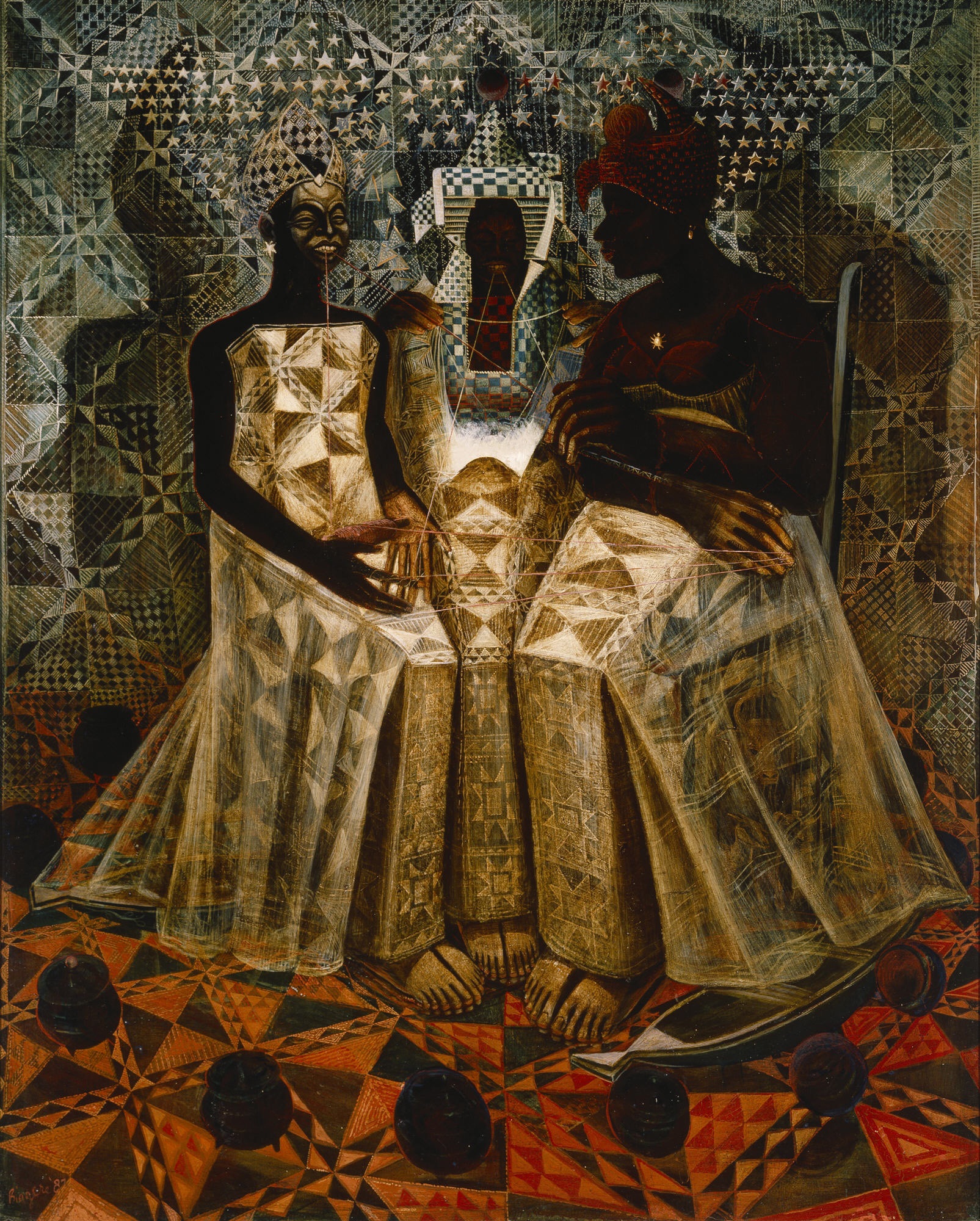
Starry Crown, John Thomas Biggers, 1987, Dallas Museum of Art, Museum League Purchase Fund
Gorgeous
Traditional
Ladies talking quilt
Stars, hats, hands, feet, toes, fingers, shine
Perfect
.
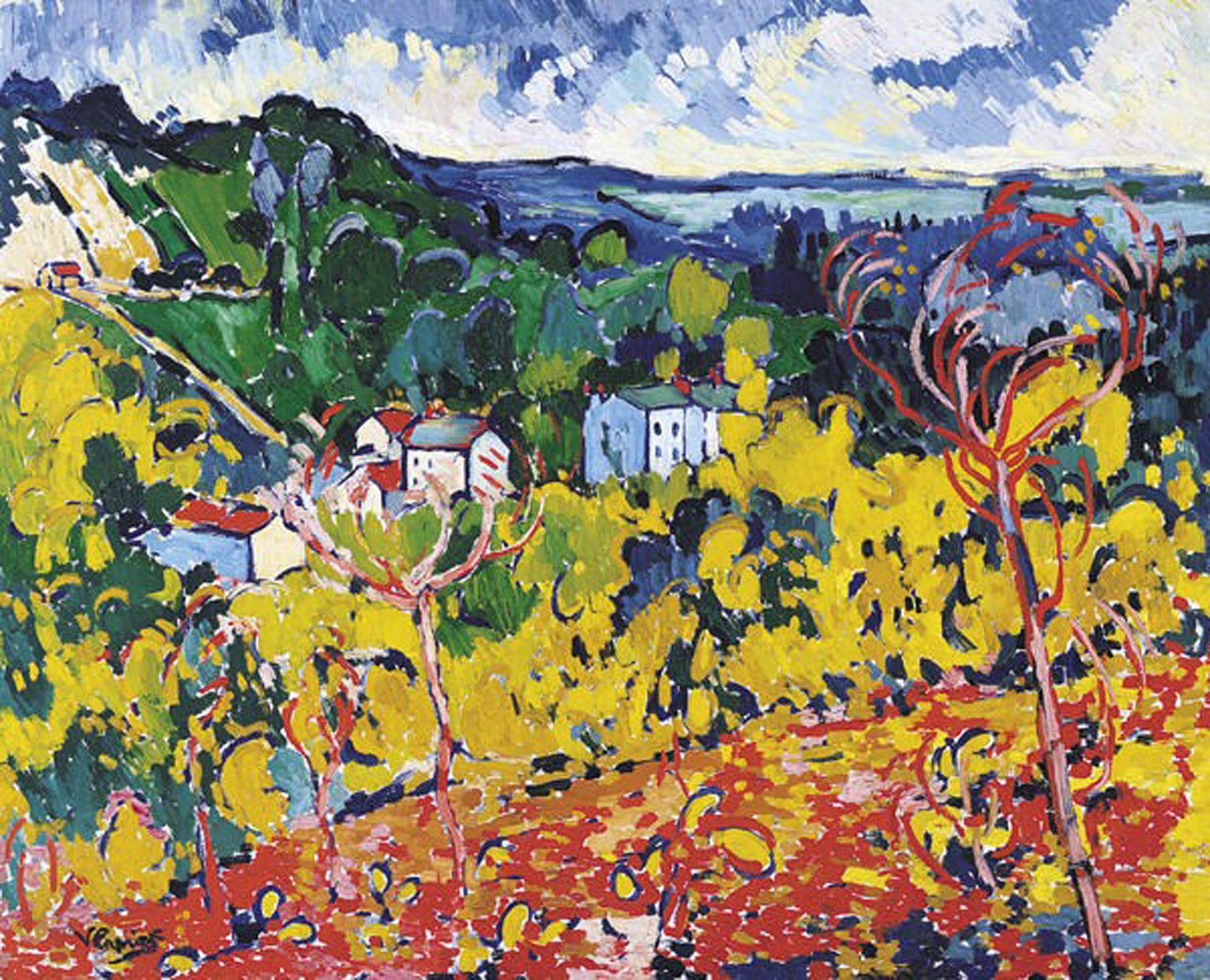
Bougival, Maurice de Vlaminck, 1905, Dallas Museum of Art, The Wendy and Emery Reves Collection
A fall day in Europe
Landscape of a village
Peaceful
Sunflowers and seawater
Apples
.
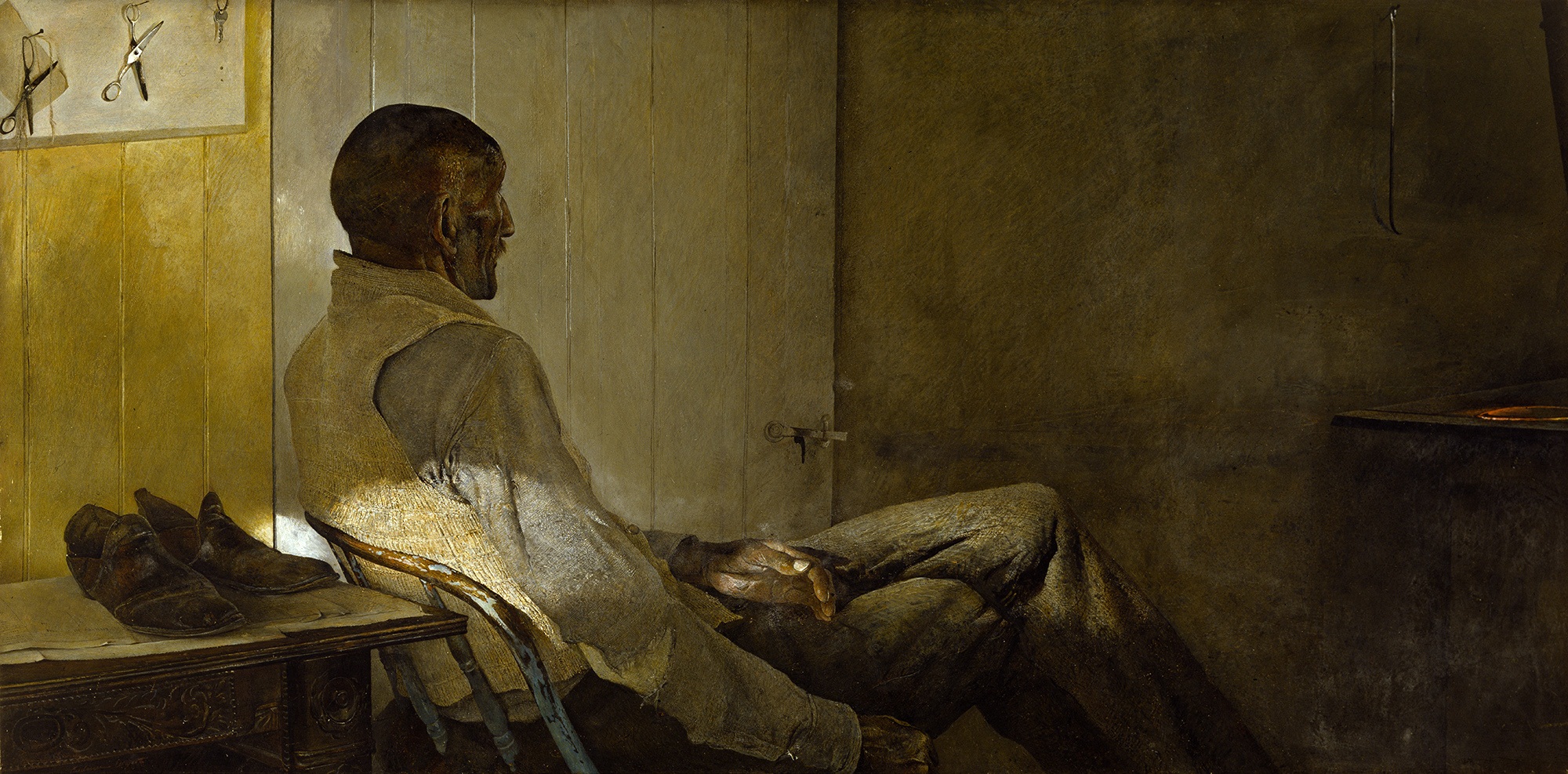
That Gentleman, Andrew Wyeth, 1960, Dallas Museum of Art, Dallas Art Association Purchase
Somber
Serious, somber
Sitting, relaxing, contemplating
Why is he so sad?
Man
.
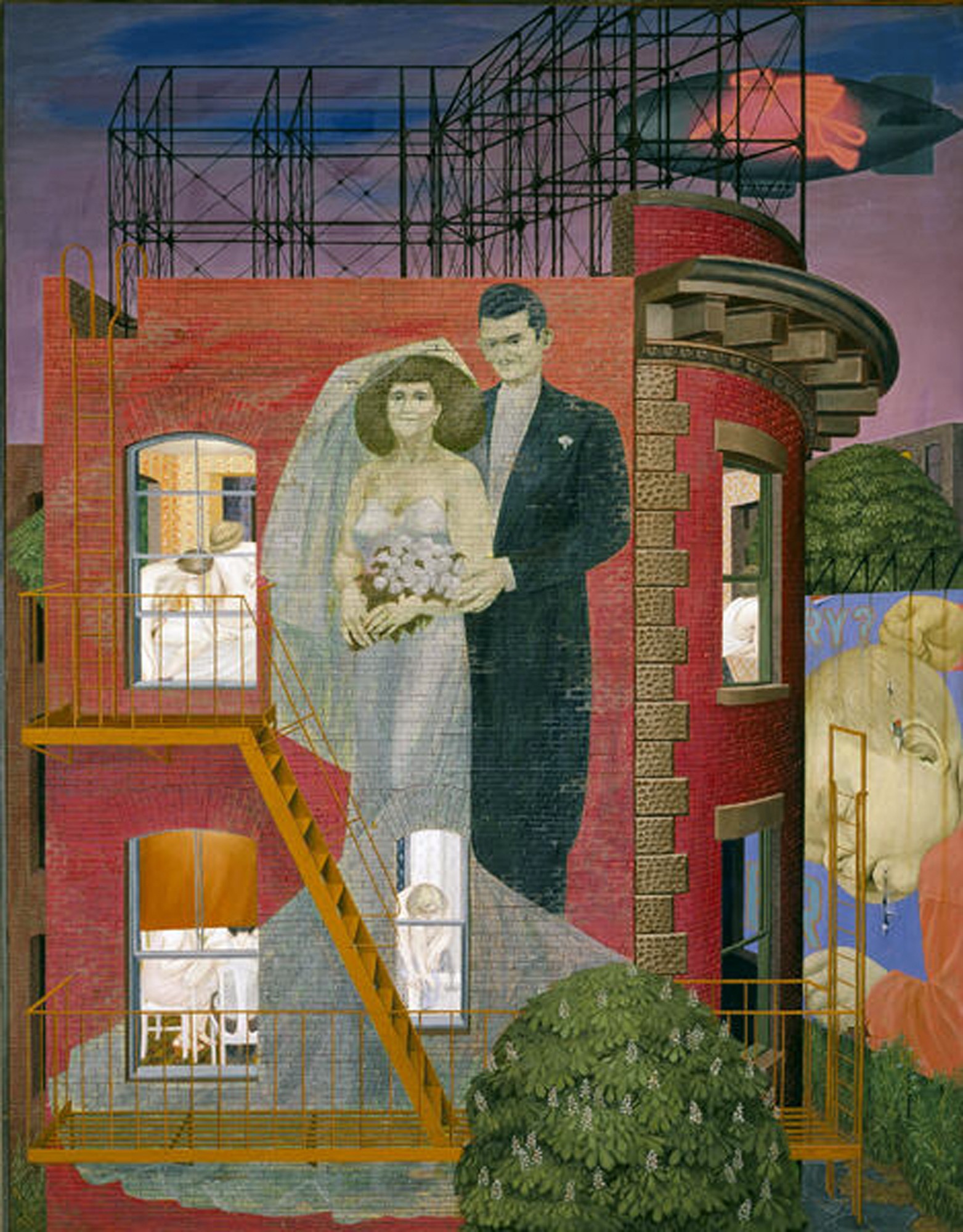
June Night, Henry Koerner, 1948-1949, Dallas Museum of Art, Foundation for the Arts Collection, gift of Joshua L. Logan
Colorful
Everyday, wedding
Marrying, dreaming, loving
A busy art building
Hope
I hope you all have as much fun with this as we did!
Hannah Burney
Community Teaching Programs Assistant
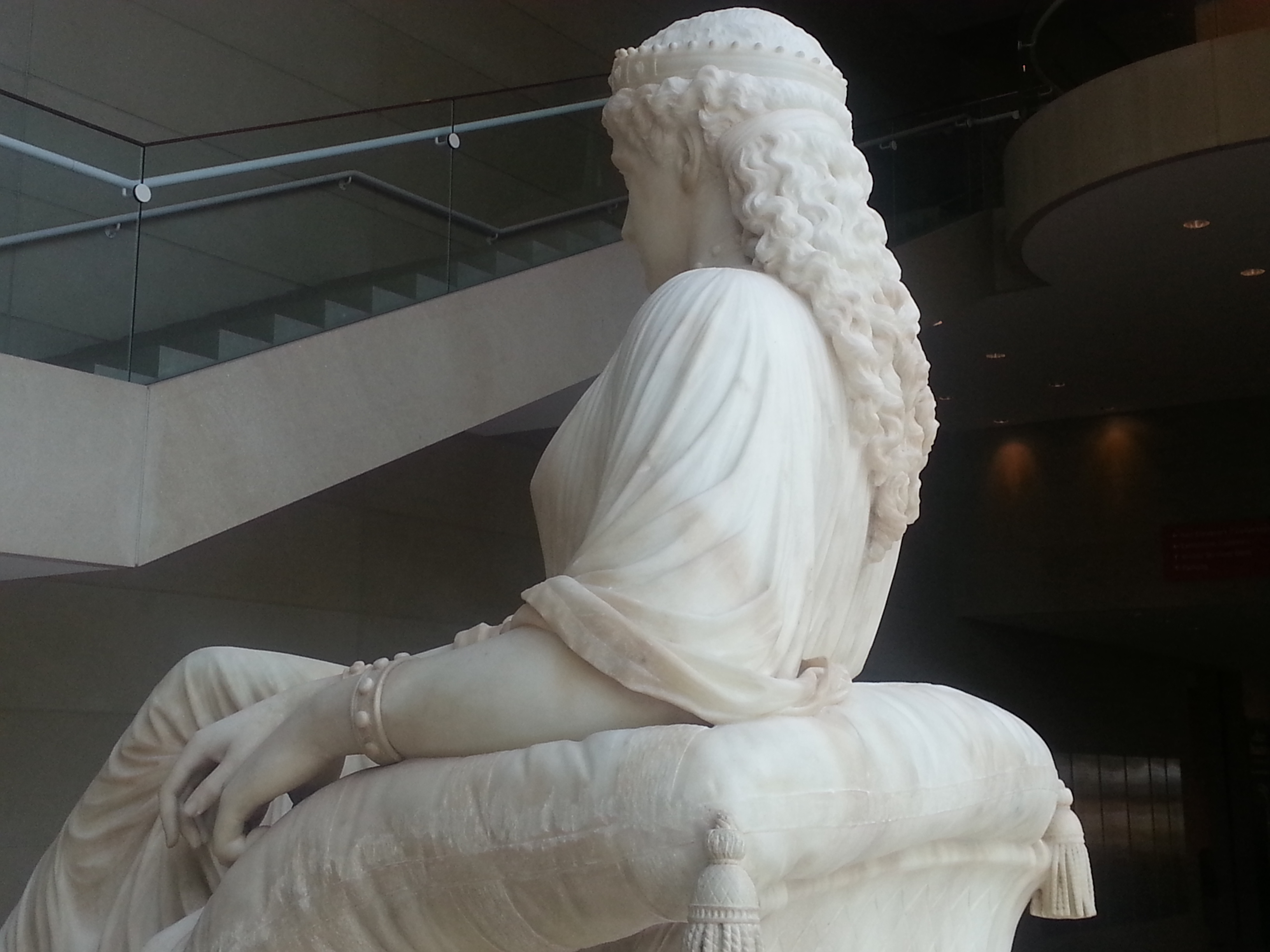
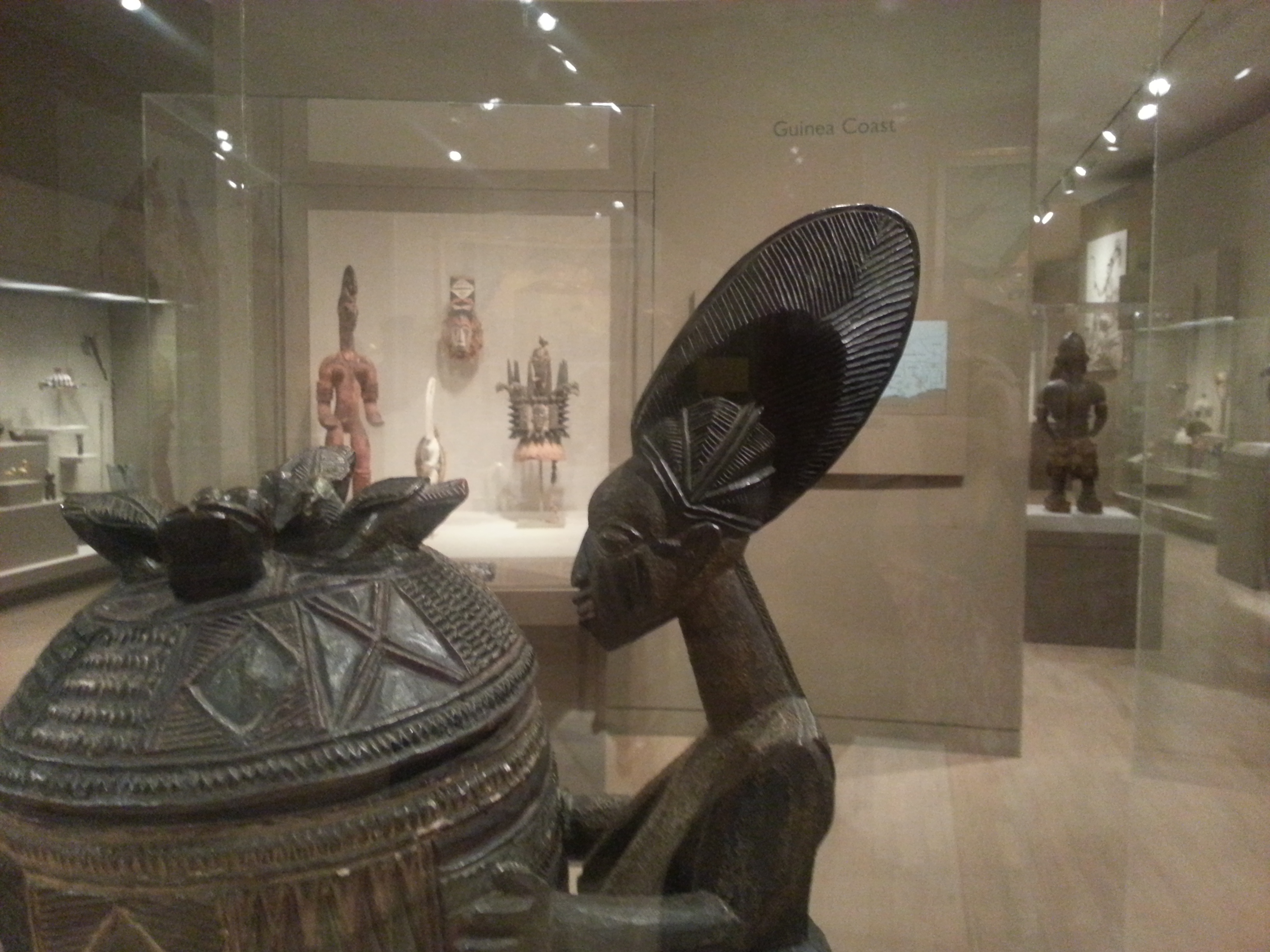
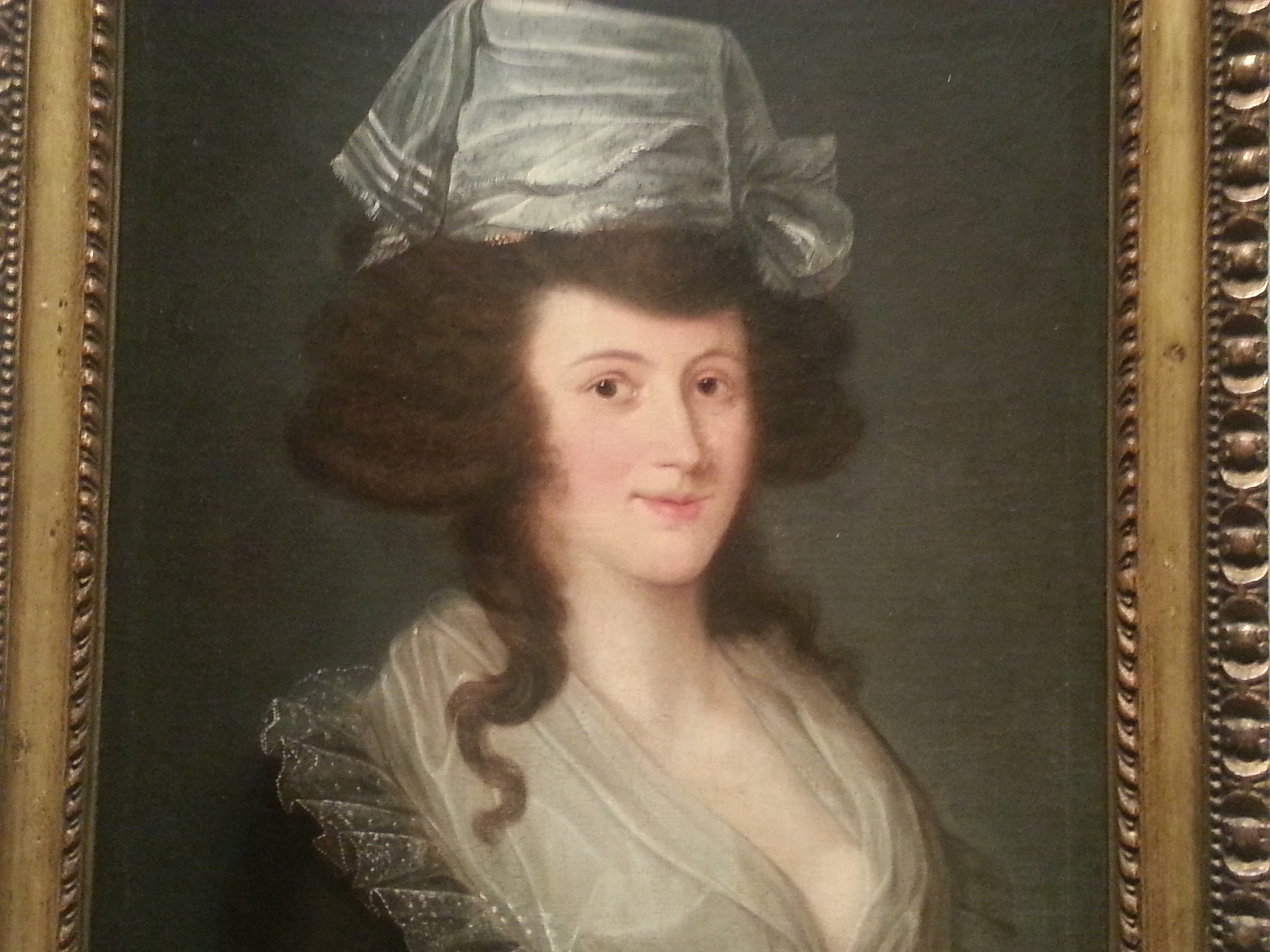
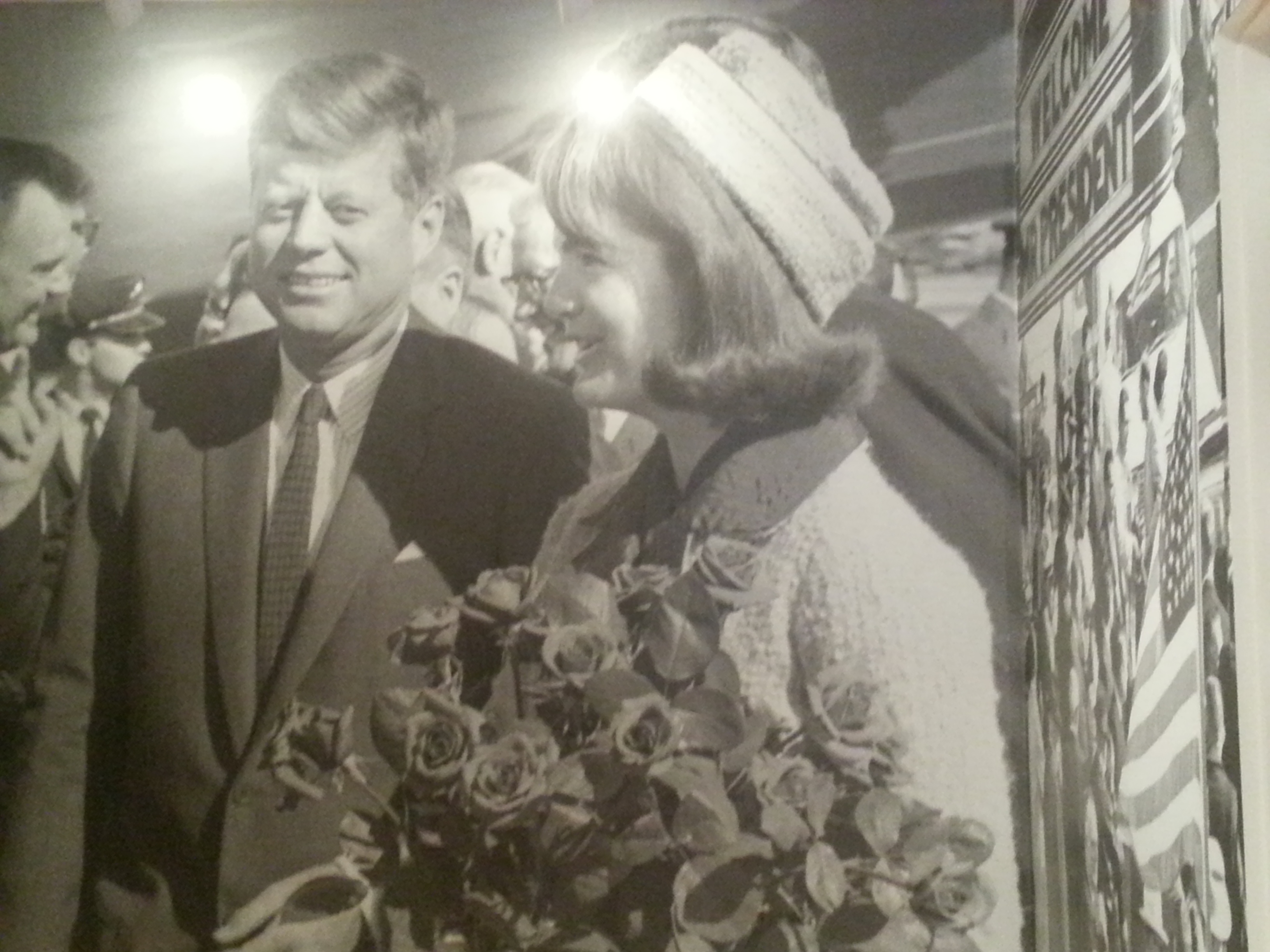




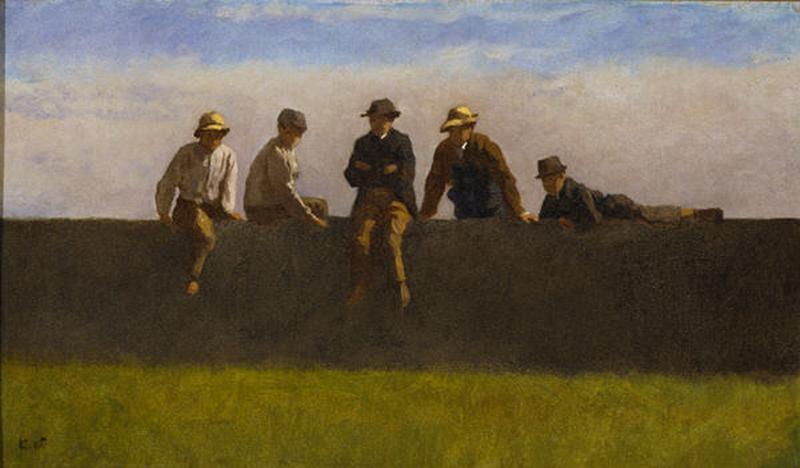

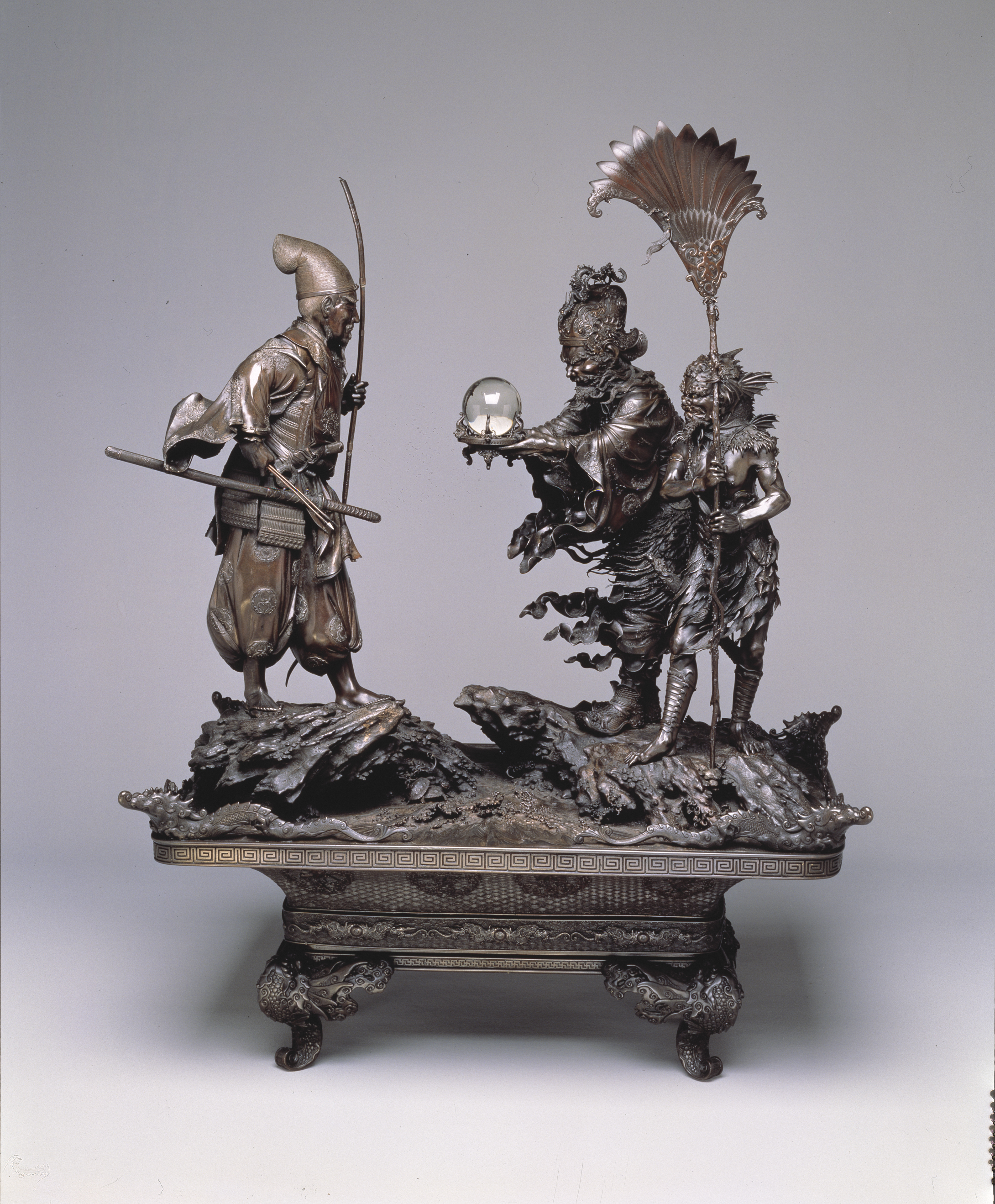
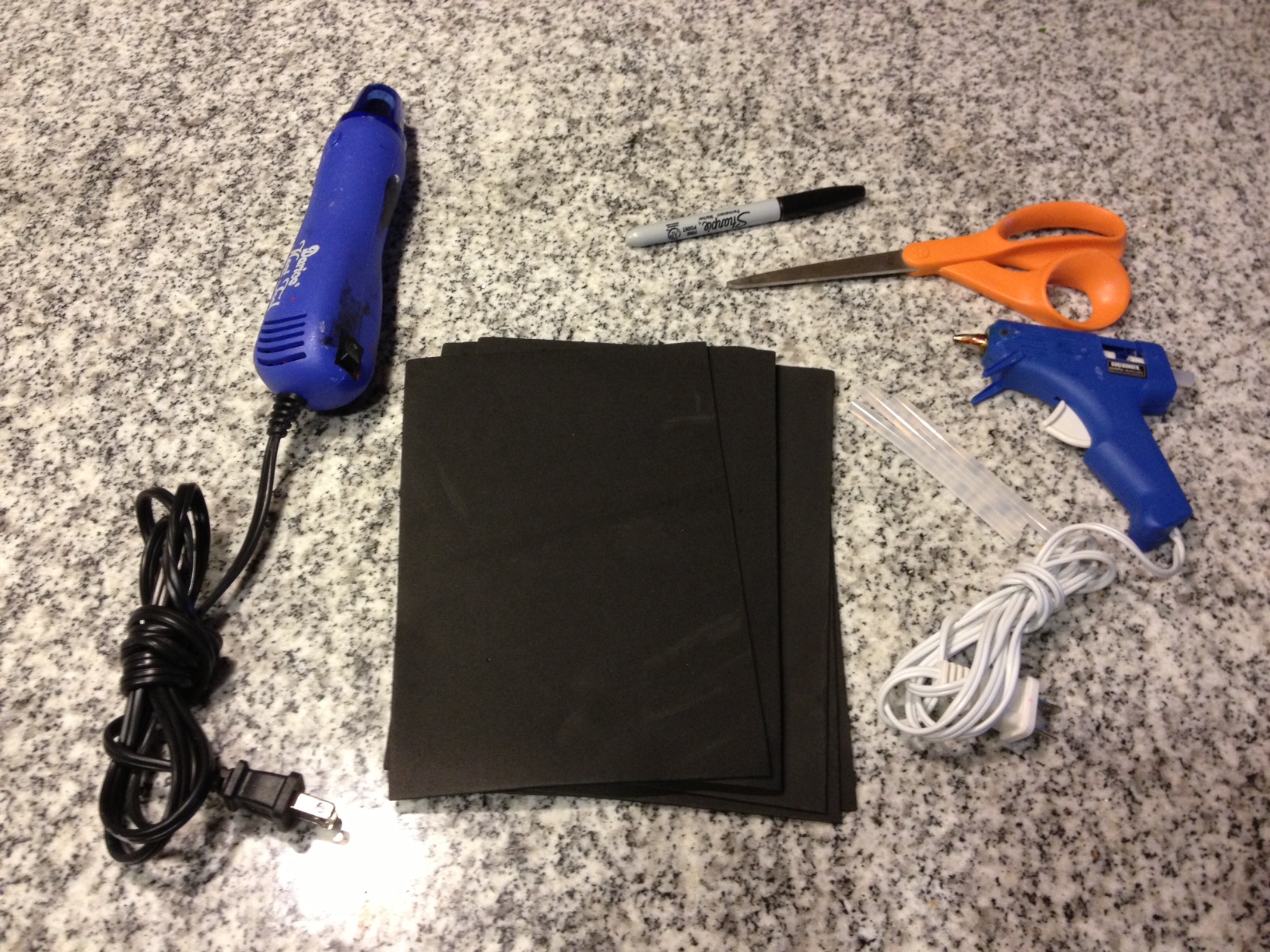
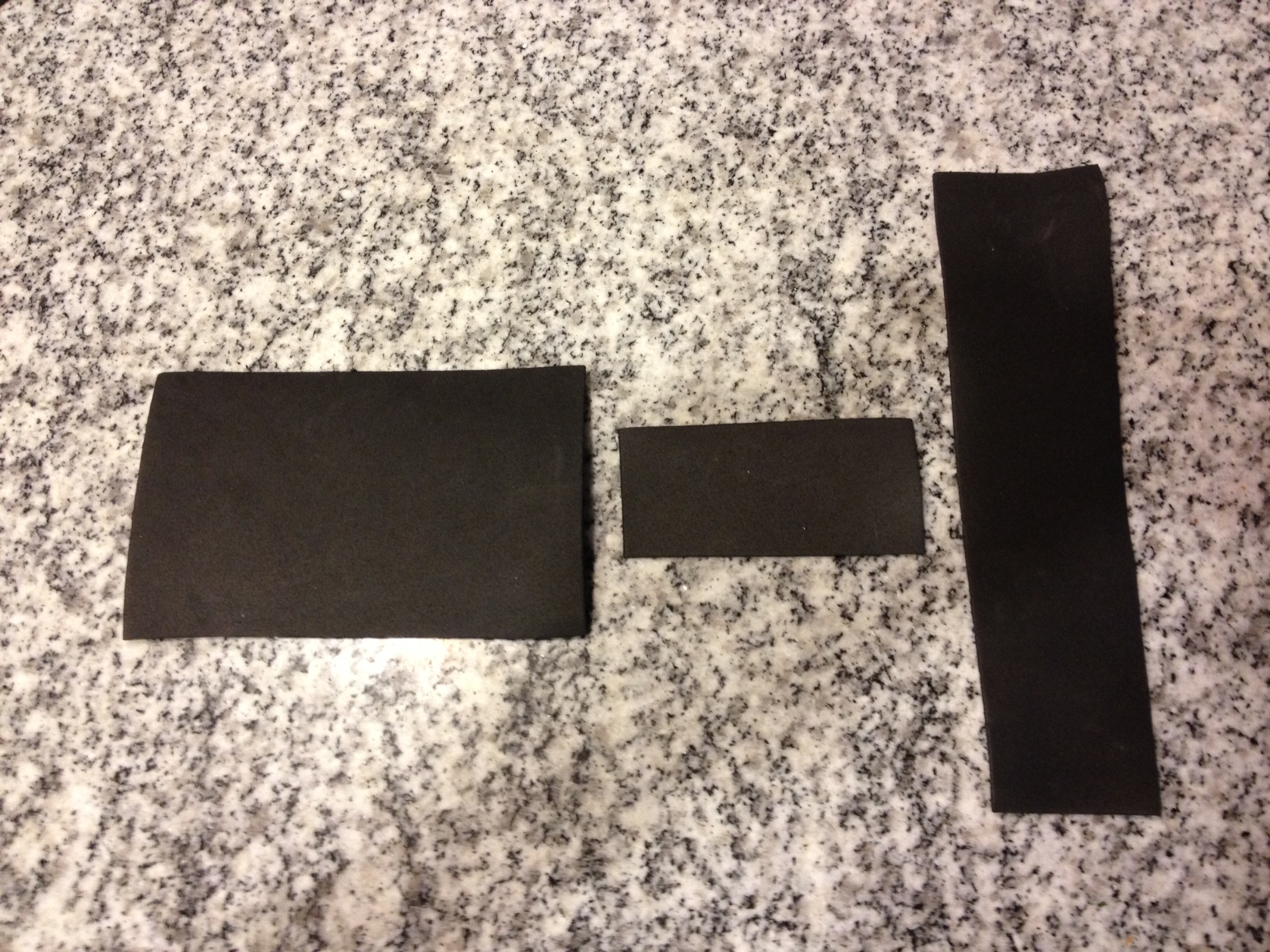
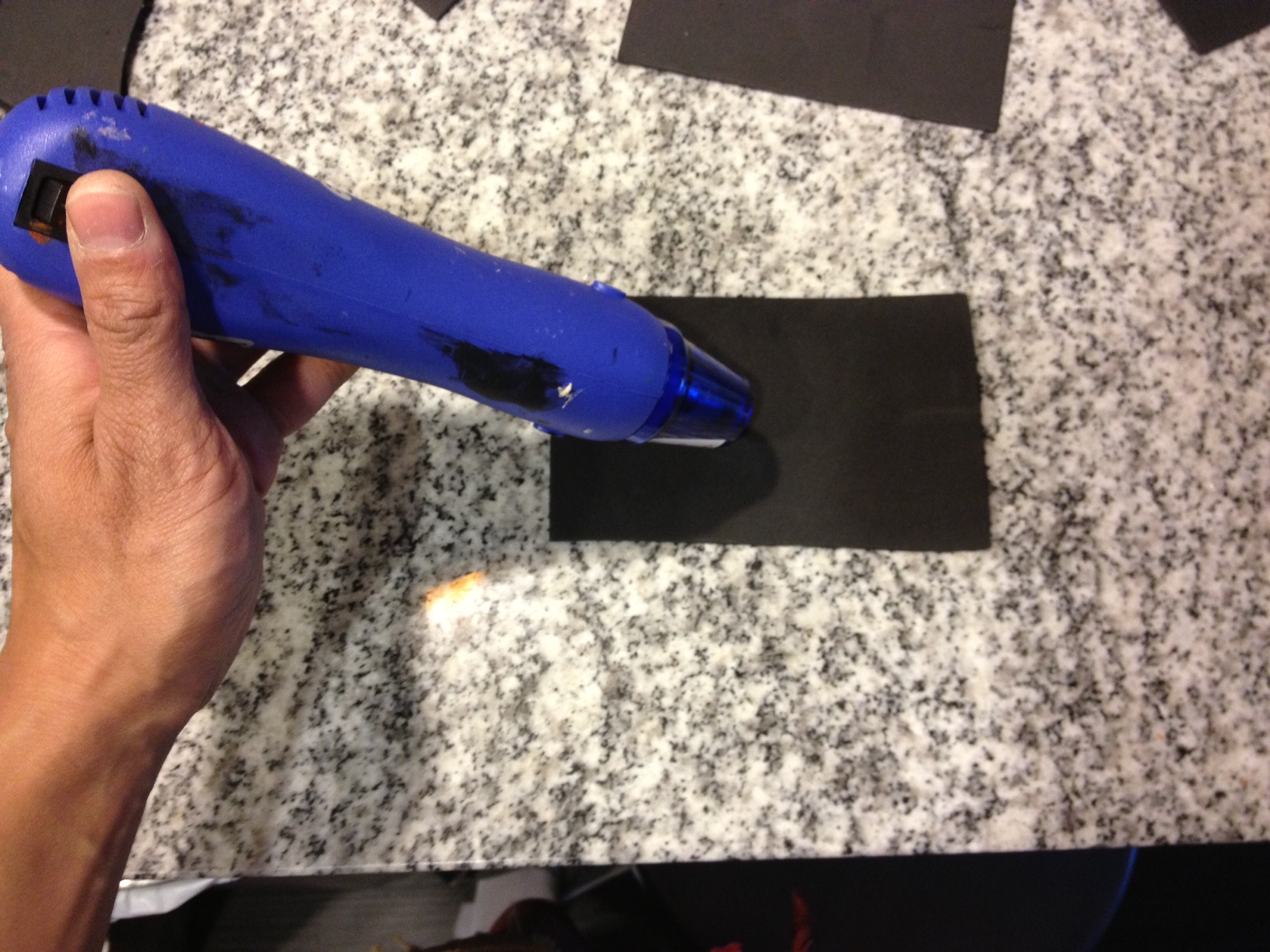
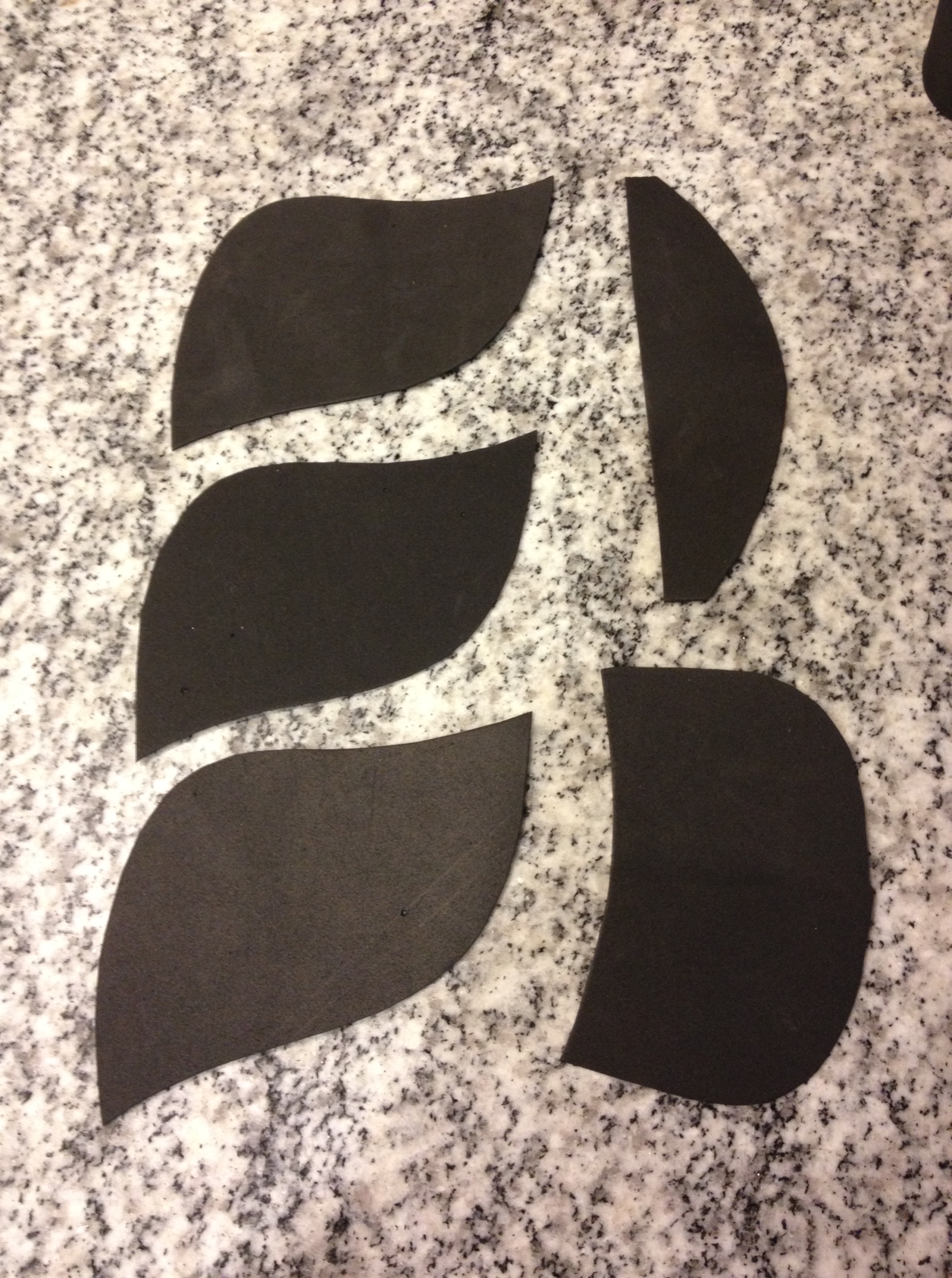
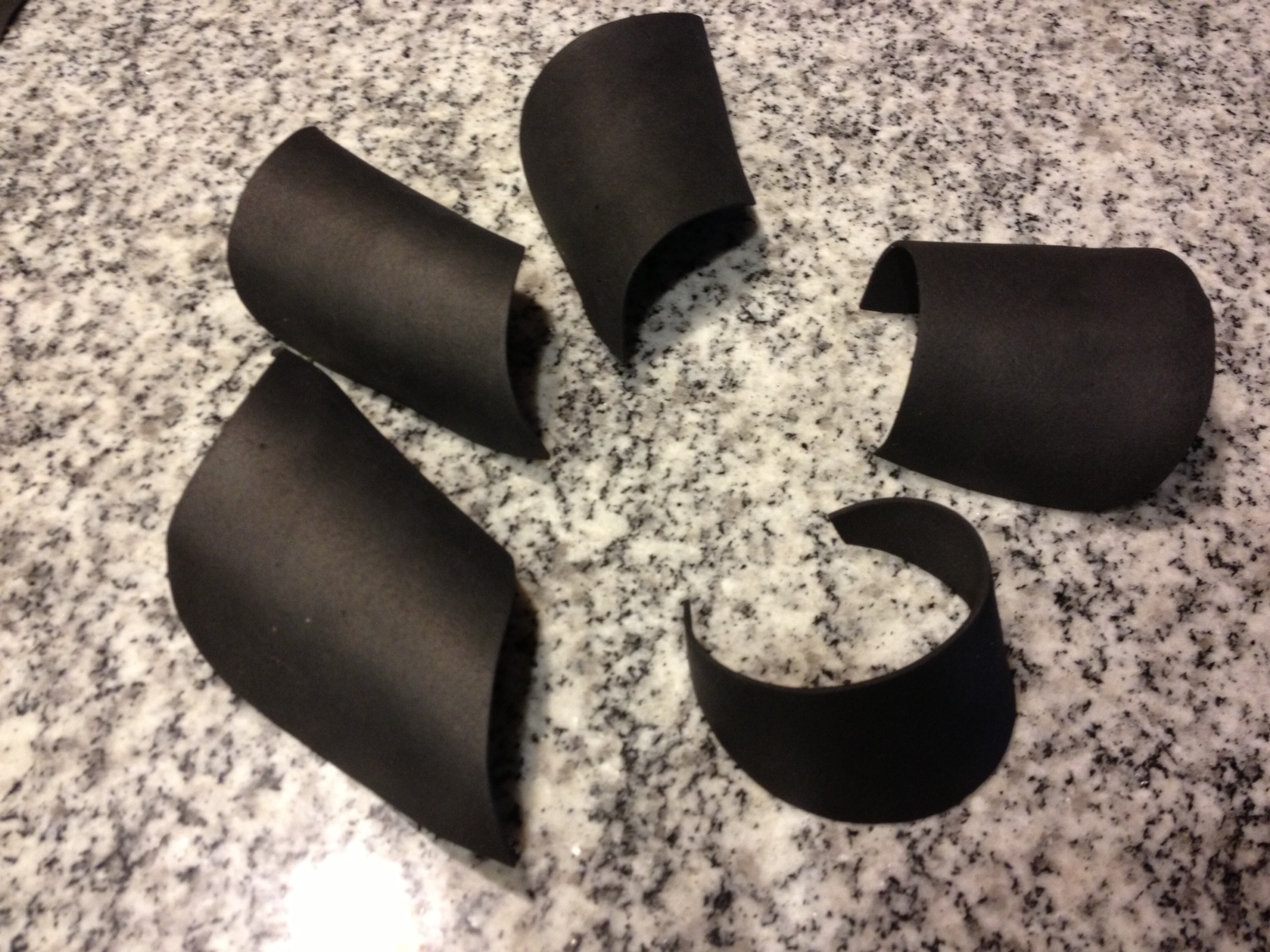
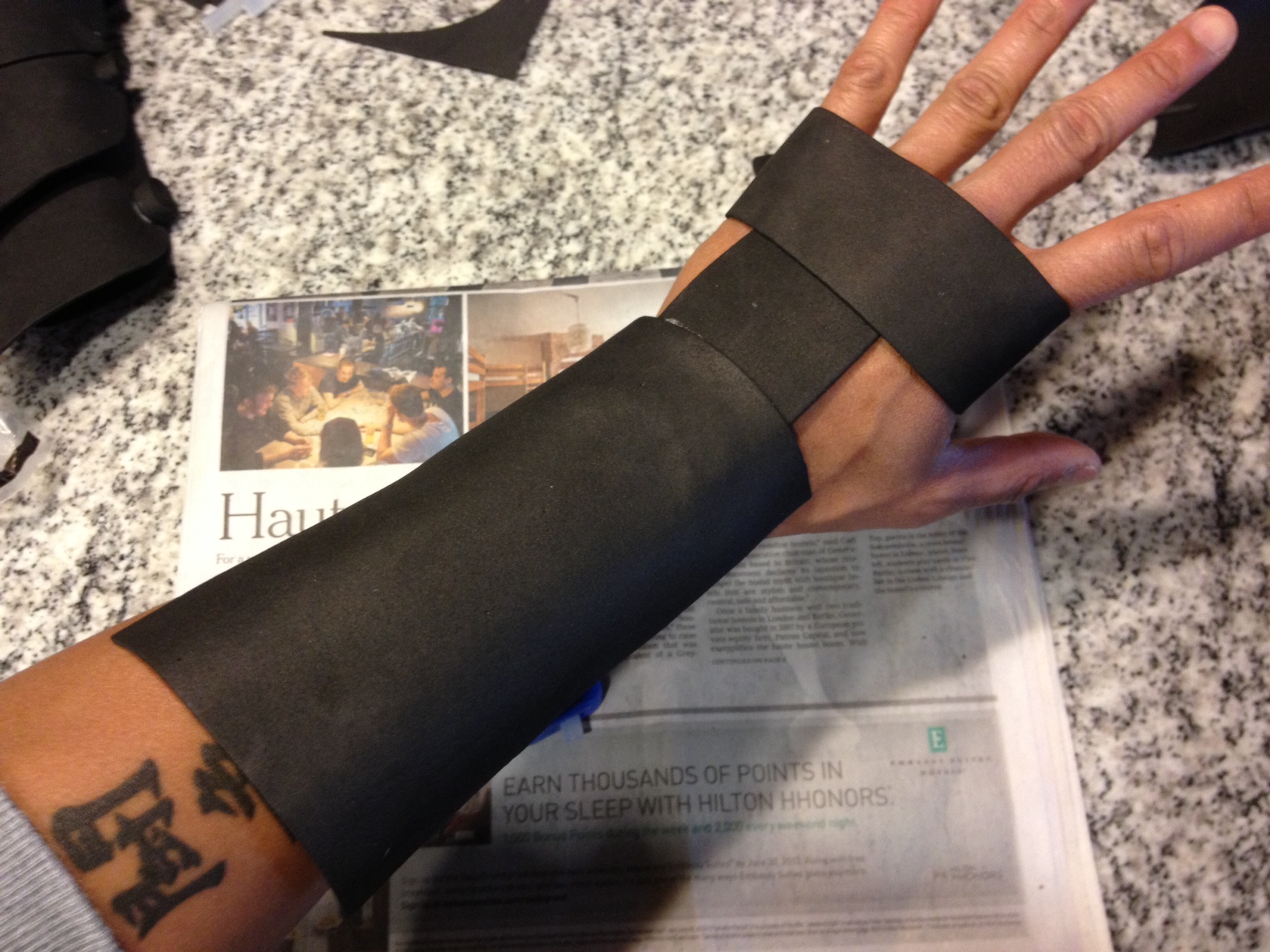
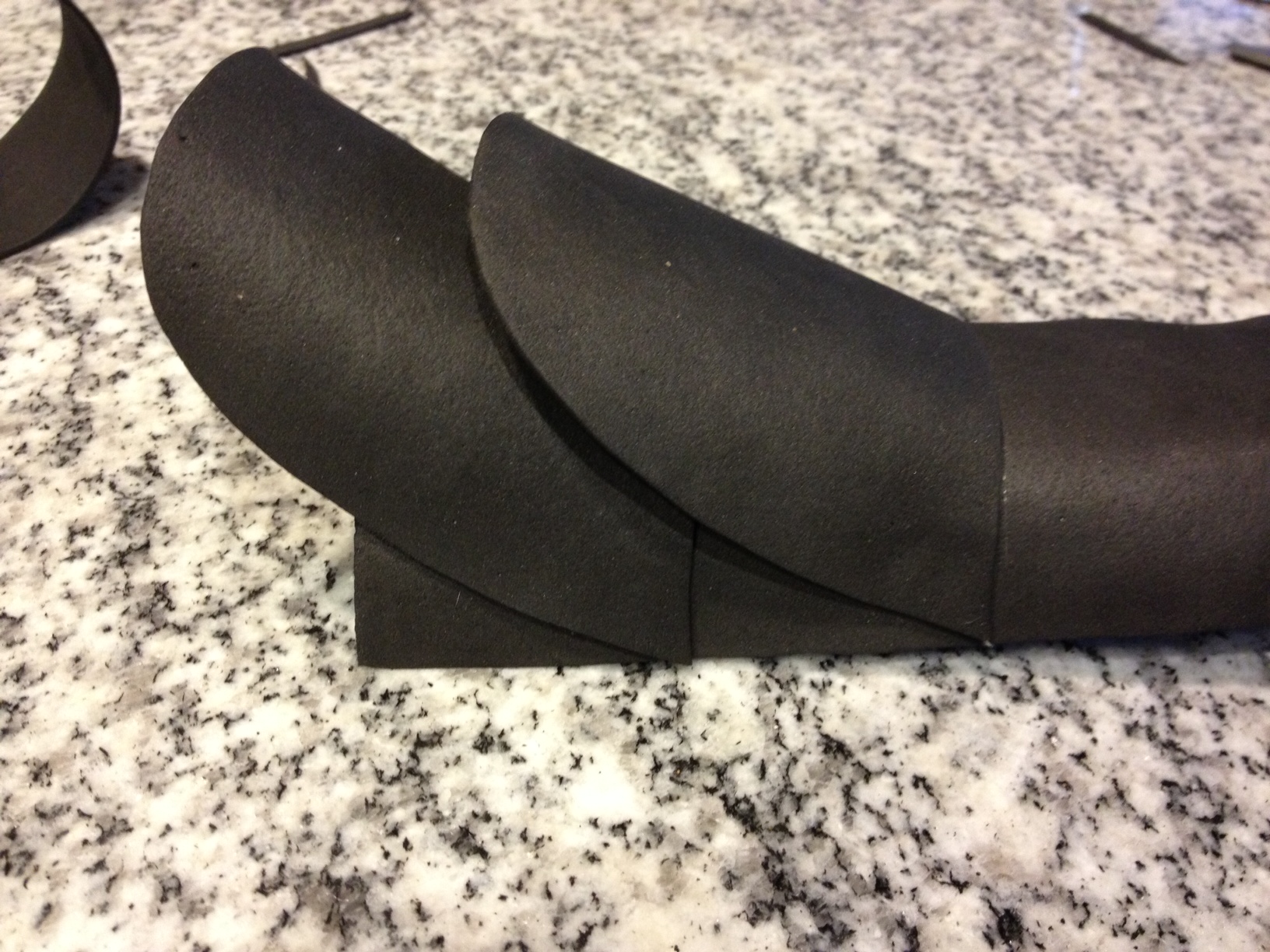
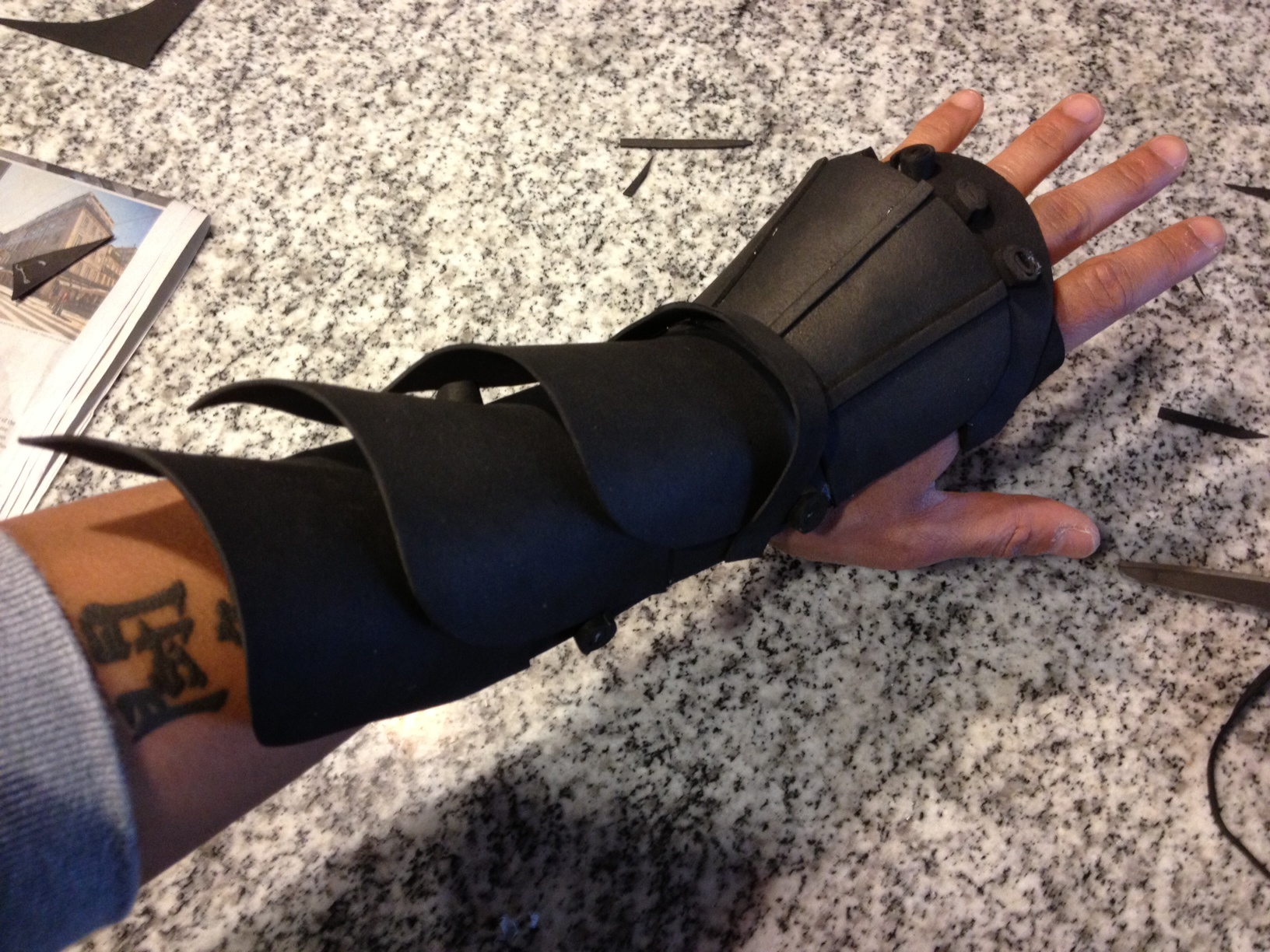
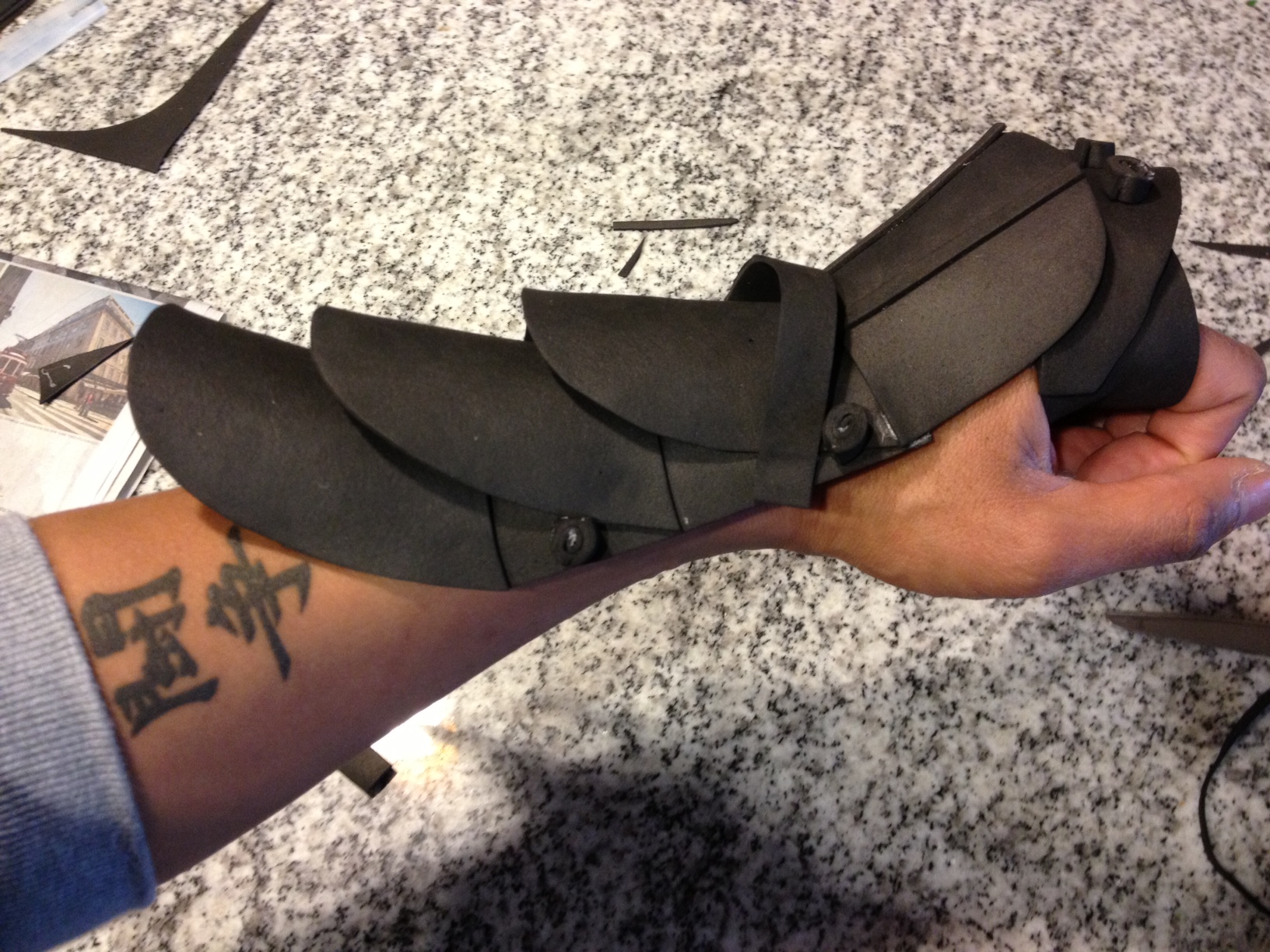
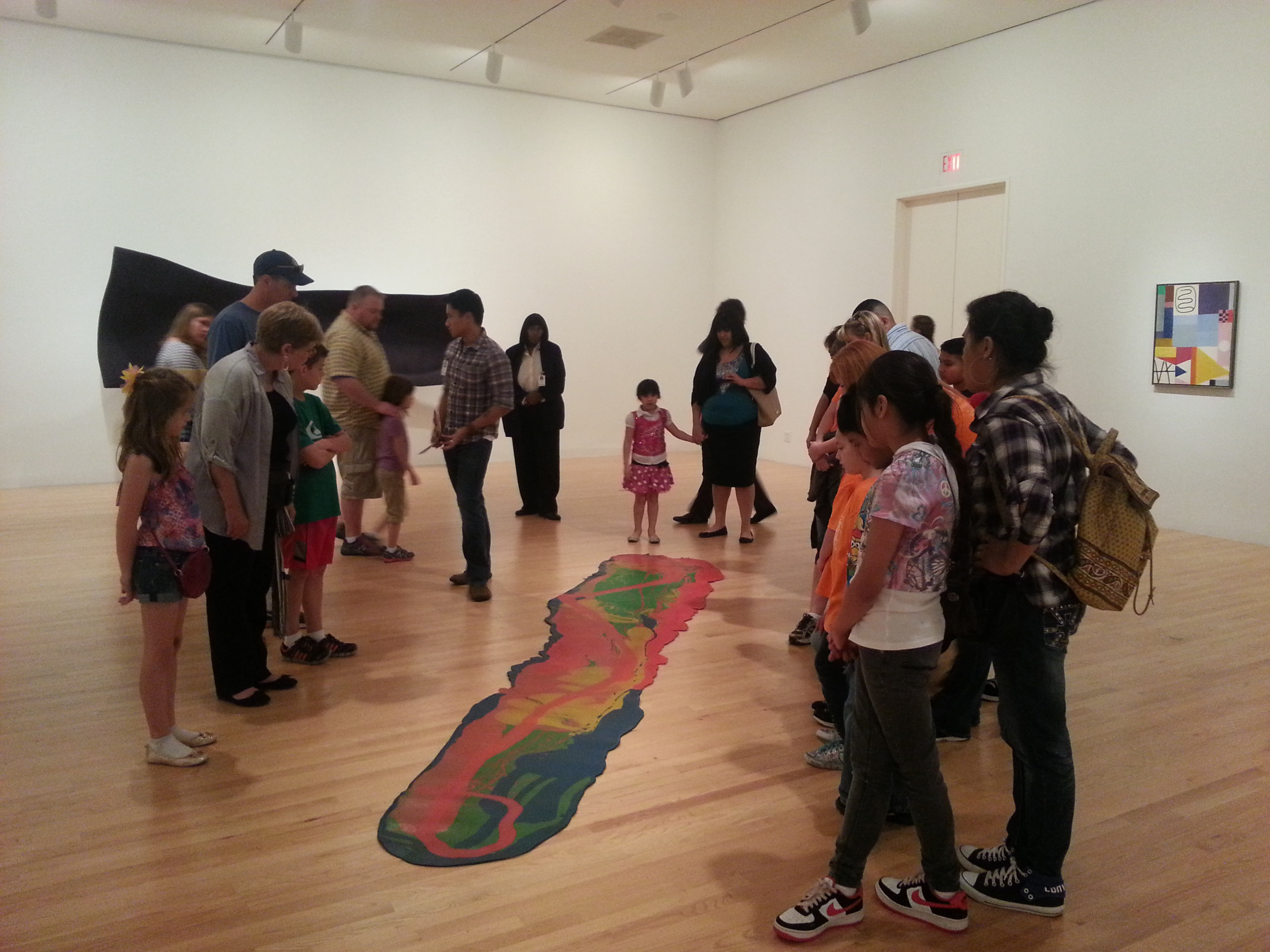
![IMG_0449[1]](https://blog.dma.org/wp-content/uploads/2013/02/img_04491.jpg?w=600)
![IMG_0450[1]](https://blog.dma.org/wp-content/uploads/2013/02/img_04501.jpg?w=600)
![IMG_0451[1]](https://blog.dma.org/wp-content/uploads/2013/02/img_04511.jpg?w=600)
![IMG_0453[1]](https://blog.dma.org/wp-content/uploads/2013/02/img_04531.jpg?w=600)
![IMG_0455[1]](https://blog.dma.org/wp-content/uploads/2013/02/img_04551.jpg?w=600)
![IMG_0458[1]](https://blog.dma.org/wp-content/uploads/2013/02/img_04581.jpg?w=600)
![IMG_0459[1]](https://blog.dma.org/wp-content/uploads/2013/02/img_04591.jpg?w=600)
![IMG_0460[1]](https://blog.dma.org/wp-content/uploads/2013/02/img_04601.jpg?w=450)

